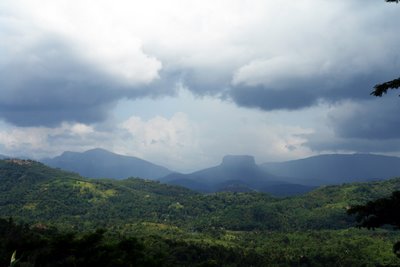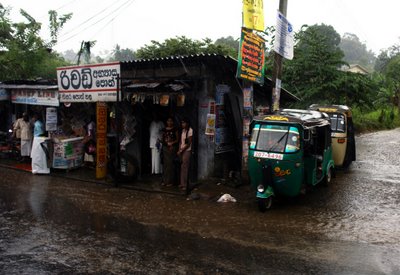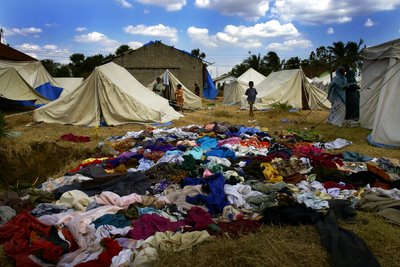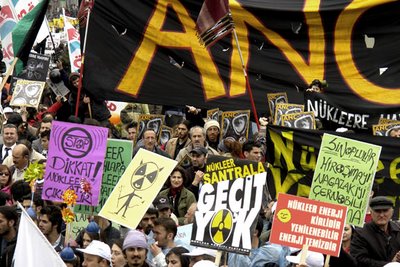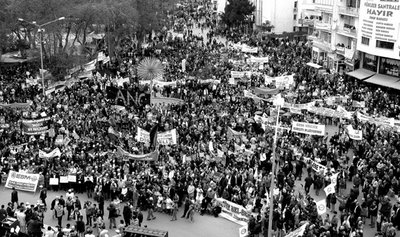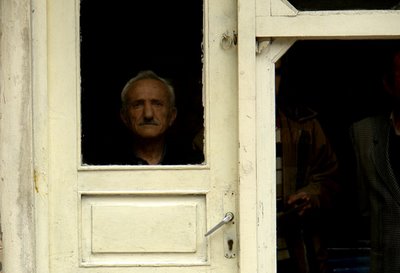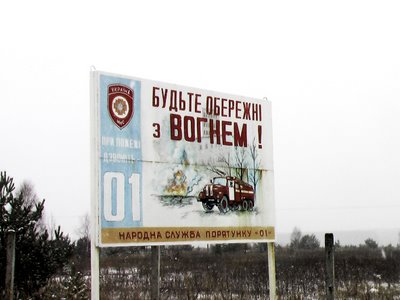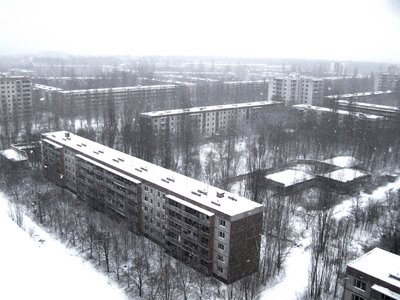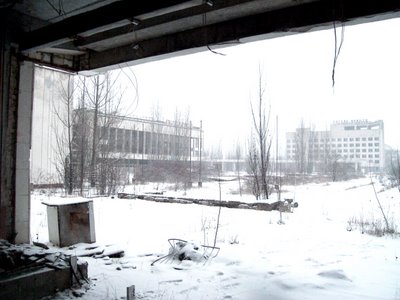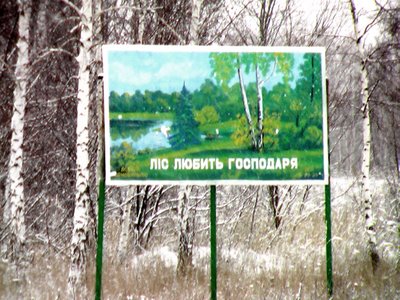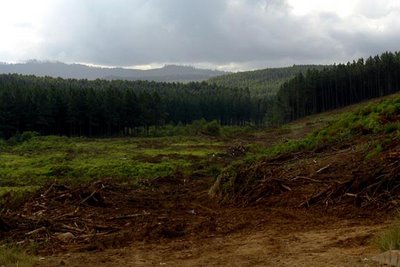Pakistan welcomed me with open arms. There to observe the reconstruction one year on from the earthquake that destroyed an entire village, I set about getting to know the lives of those I'd come to visit and listen to. The quake which struck northwestern Pakistan and Pakistan-administered Kashmir on October 8, 2005 at 8.52am killed up to 73,000 people making it Pakistan's worst ever natural disaster.

My trip was facilitated by the International Federation on the Red Cros, who are doing a fantastic job at helping children process the trauma. I gained uncompromised access to both men and women, through the IFRC, who have developed very strong relationships with the local communities by respecting local cultures. One thing I didn't expect was that the locals were absolutley stunning, very light skinned with green eyes, not what I had expected at all.

A 12 year old girl (wearing green) told me how much she loved Shiria, the local IFRC representative, and then told me all about her experience during the earthquake. She said,"I was so afraid, all the children were so afraid during the earthquake. We didn't know what was happening. A lot of my friends died." It was good to see a little girl who had obviously been through a lot of trauma was able to talk about it openly, she has been helped to process it through activities that the IFRC are undertaking.

The level of education was quite astounding. The girl mentioned above was from a remote village in the NWFP and she sat down and spoke in English with confidence and she spoke it well. I was able to gain access to the women's prayers on the anniversary of the earthquake. I found myself sitting on a prayer mat, with women and children eyeing me suspiciously from either side. Before I knew it, the circle had completely changed shape and they were all sitting around me. A woman, who was a teacher tried to tell me about her situation through the help of the girl mentioned abouve, who translated for us. She told me how she had lost 120 students in the earthquake and two teachers.
The problem many school face now is the recruitment of teachers, many died in the quake and those who survived have migrated to other cities where facilties are better such as Mansehra.

There are at least 300 government schools in Balakot - the epicentre of the quake - that have no drinking water, electricity. Many of them are studying in tents atop the rubble where their classmates are buried. But the enthuiasm for knowledge was still there.

I went to a village school were I was asked to give a speech to 250 teenage boys. My intial reaction was no no no, please no. But as the head teacher delivered his speech about how much foreign aid had helped them and how he wanted to send his regards to the western powers that had really given their community so much post quake, I felt it was the last thing I could do. It was not I who was important, I was merely a symbol of hope to these small faces so I obliged the school. It was a very moving experience and the last thing I expected to find in Pakistan. This is what I said, while my stomach was churning: "On this day my heart goes out to all of you who have suffered great loss. But although you have been through great loss, you must know that you were saved. With this comes great responsibility to live an honest life and work hard. Work hard by helping each other and you will see that you can acheive many things." The IFRC translated my words. After the teacher Rifaq Ali said a proverb in Urdu, which read: "Dear Ms sabral, you will live in a world of sorrow and grief, but let it make you stronger and bring you a deeper understanding with compassion."

The northwestern landscape was one of natural beauty, rich green forests littered the mountainous view. Landing in Islamabad you would think that Pakistan is economically doing ok, then when you venture out you realise that the capital city was a city built for the country's elite. The ministers all live in their own enclave, which screams corruption as you drive by and admire the huge luxurious homes they live in protected by high walls and security guards.

There are many words in Urdu that are the same in Turkish such as "rahat" which means comfort/comfortable. This was very strange to me as I recognised many words and thought.. wow.. maybe I could learn Urdu!
I ate Afghan food, which went by the name manti and kofte, which are also Turkish dishes.. they were just served slightly different.
All in all, Pakistan was a trip to remember. I found the people to be very friendly and warm-hearted and not as conservative as I had imagined, mainly I guess as the level of education wasn't all that bad, a step towards stamping out fundamentalism. I hope the people of Balakot reconstruct their homes and are able to start living a normal life again soon.
If you would like to see my coverage of the trip (this is really for you pops) you can find it here:
www.worldpicturenews.com type Pakistan into the "image search" box on the homepage.
http://english.aljazeera.net/NR/exeres/2033267A-BBA6-42E7-A841-3368CDC560BC.htm (if the link doesn't open, copy and paste it).
